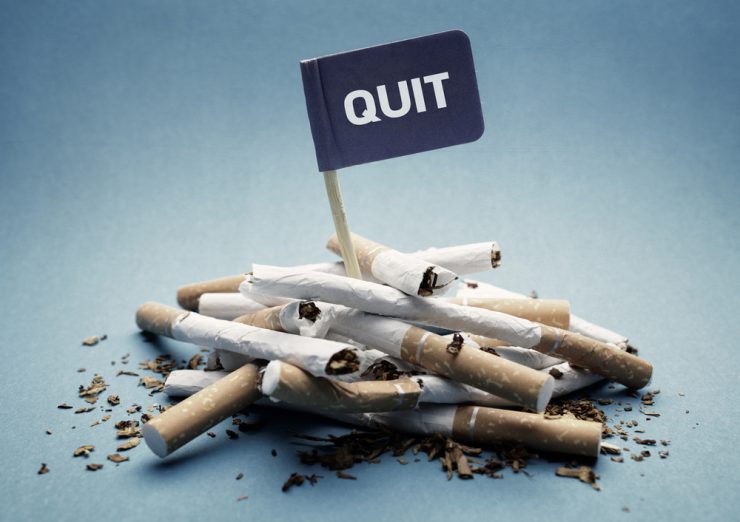Even under the best circumstances, giving up smoking is a difficult task. When you add a high stress job, quitting gets a lot more complicated.
When you begin smoking, your body gets used to having nicotine. This starts a vicious cycle where you smoke, and then your brain releases chemicals that make you feel good. Once these chemical effects begin to subside, the body begins to crave nicotine, which produces the desire to smoke.
People in high stress jobs may find the cravings unbearable, as stress only exacerbates the cravings. Those in high stress jobs have an 85 percent rate to fail their cessation programme.
In order to combat these odds, the smoker must have a solid cessation plan. This plan may have to include nicotine replacements, such as patches, gum and lozenges. While some people frown upon these products, they give some individuals the will to stop smoking.
The second part of the cessation program for people in high stress jobs is to develop a systematic plan for dealing with cravings. This plan may include compiling a smoke free Power Point presentation that features relaxing scenes and inspirational sayings. Also, placing meaningful messages in a desk drawer or on a Blackberry are good ideas.
In addition, the smoker should alert any co-worker about plans to quit smoking. This will prepare them for mood swings and other effects of the cessation program. These co-workers are also a good support system to help deal with cravings.
Quitting for People with High Stress Jobs

Let us know if you liked the post. That’s the only way we can improve.







